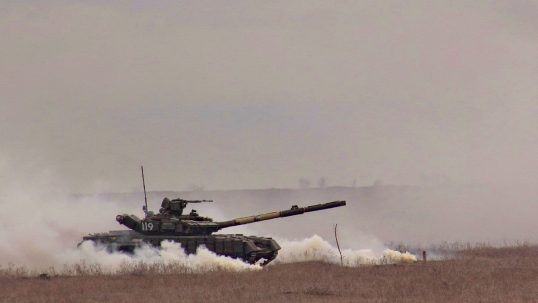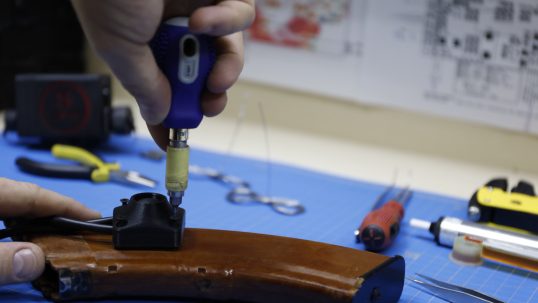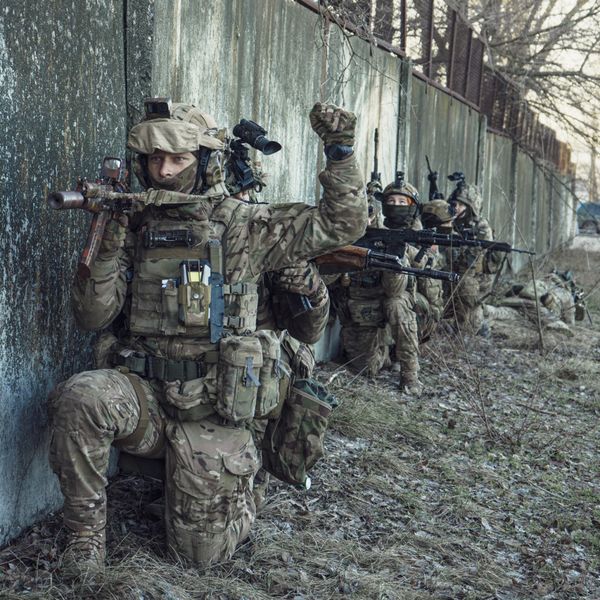
The effectiveness of military training largely depends on the accuracy of data collection and the depth of its analysis. The use of advanced technologies in this field allows for a more precise assessment of training results, the identification of weaknesses in preparation, and the improvement of training programs. In this article, we will examine modern methods for analyzing military training results, including data collection and analysis technologies, software for result analysis, and the role of analytics in enhancing training programs.
Technologies for data collection and analysis during training

Modern technologies for data collection during military training include the use of various sensors, drones, cameras, and other devices that capture every aspect of the training process. The main technologies include:
GPS trackers
GPS trackers are installed in individual kits or military equipment. They are used to track the movement of personnel or equipment in real-time. This allows for the analysis of routes, response times, and coordination of actions between units.
Biometric sensors
In some training complexes, such as the Shut House “Sarmat,” SKIFTECH uses biometric sensors. These devices measure physiological parameters of soldiers, such as heart rate, stress levels, endurance, etc. This helps assess the physical condition and psychological readiness of military personnel.
Cameras and drones
They provide visual observation of the training from various angles, allowing for a detailed analysis of tactical actions and unit interactions in real-time.
Software
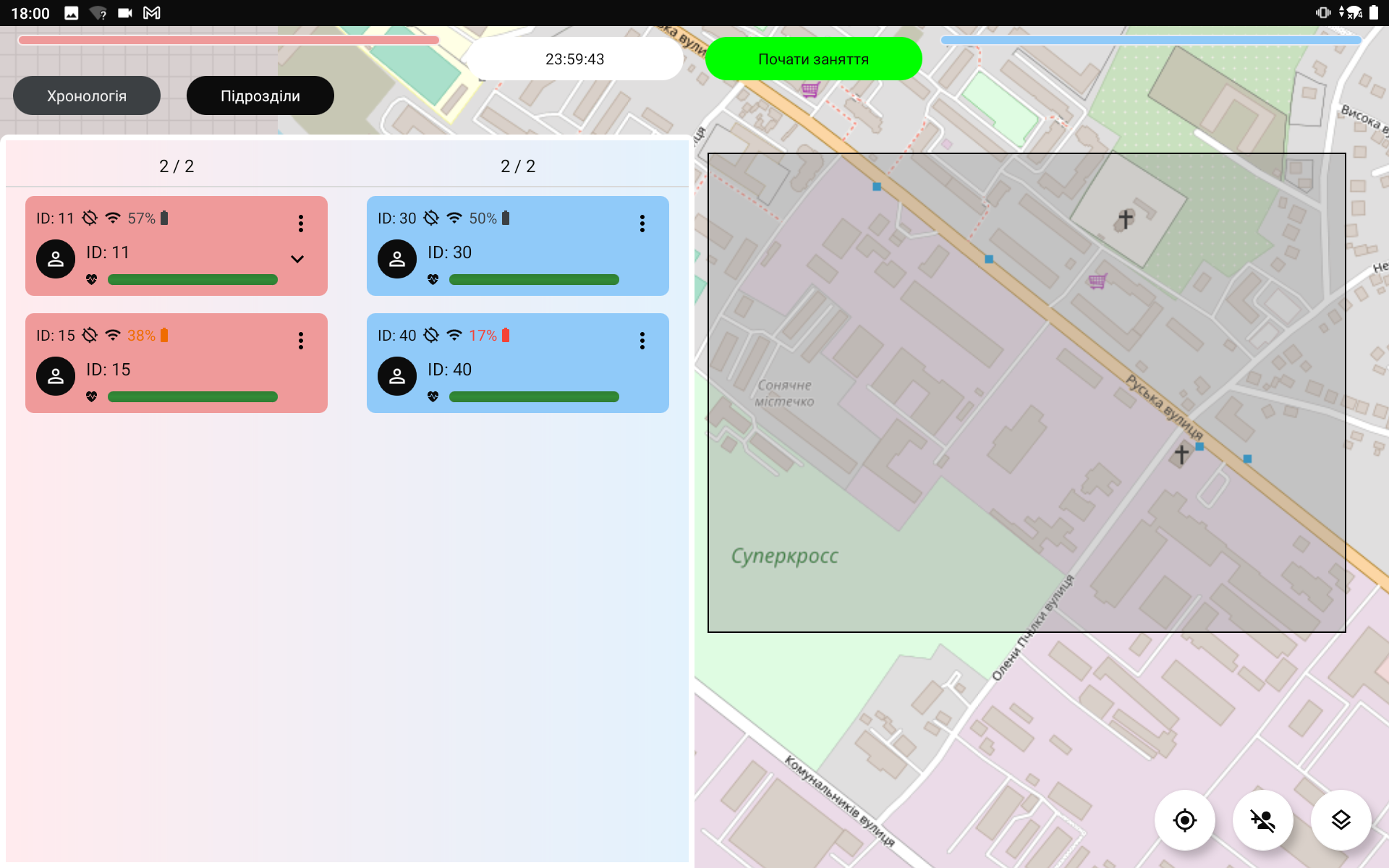
The collected data is stored in the “SKIFTECH ASSISTANT” software for further analysis, providing a comprehensive view of the training process. Software for analyzing military training results is a key tool for processing and interpreting the collected data.
Using “SKIFTECH ASSISTANT” in real-time, you can:
Form units
Before the exercise, the composition of the units and OPFOR is formed. Soldiers, military equipment, and other tools are assigned to the units.
Monitor movement on the training ground
During the exercises, the movement of soldiers and the location of explosive device simulators are displayed on the map in the application.
Configure equipment
In the application, you can set the number of cartridges, magazines, weapon firing rate, conditional lethality of damage, and other equipment parameters.
Collect extended statistics
The exercise recording is saved along with the number of shots, hits, and conditional injuries of each soldier or unit as a whole. This allows commanders to analyze the actions of each participant in detail.
How analytics helps improve training programs
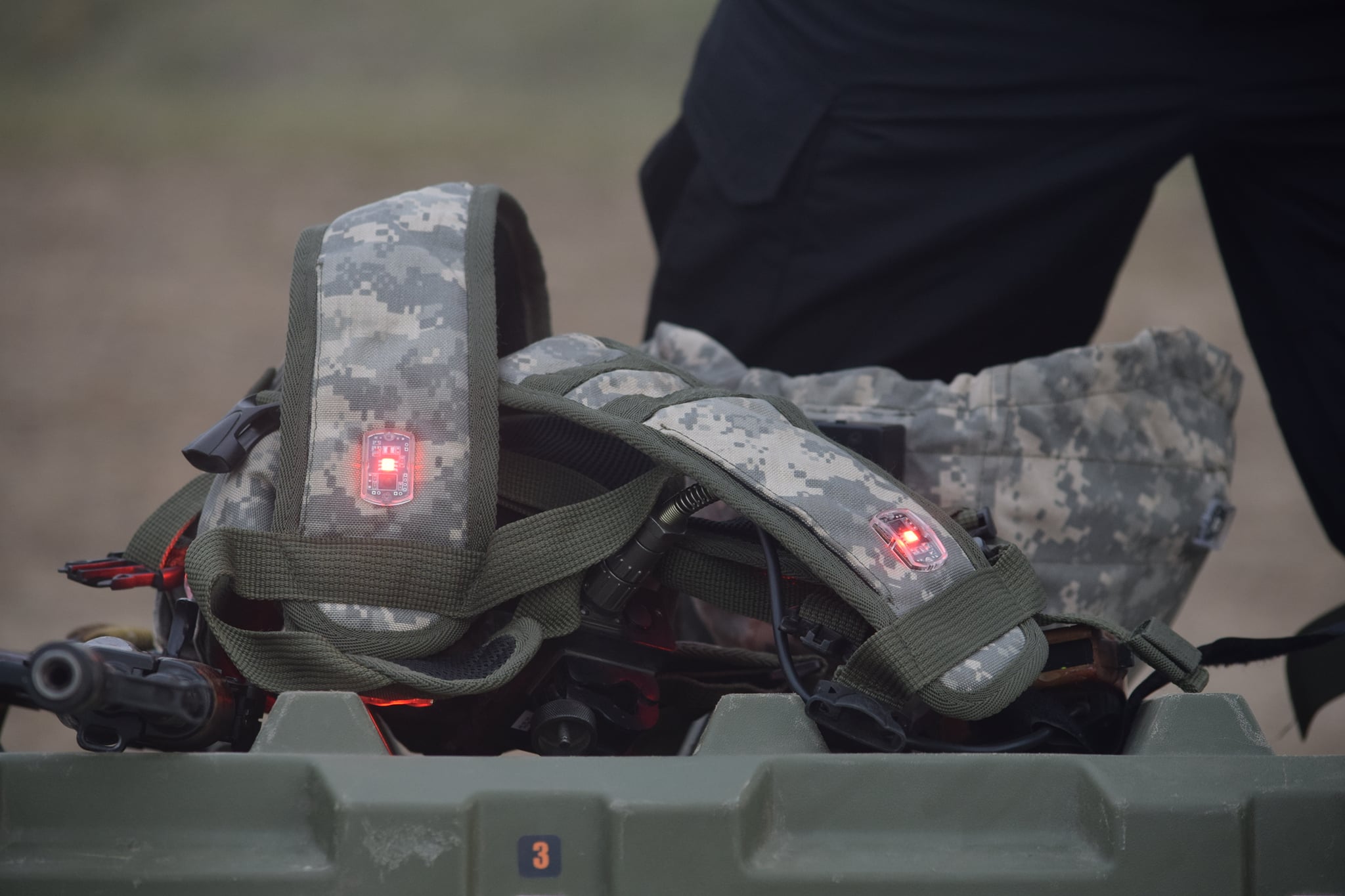
Analytics plays a crucial role in enhancing military training programs. The main benefits include:
Identification of weaknesses
Data analysis allows for the identification of shortcomings in military preparation, enabling the adjustment of training programs to address them.
Personalization of training
Data on individual results of military personnel allows for the adaptation of training programs to the specific needs of each soldier, increasing the effectiveness of training.
Optimization of resources
Analytics helps better understand which resources (time, equipment, instructors) are used most efficiently, allowing for their optimal allocation.
Prediction of results
The use of predictive models allows for the assessment of potential outcomes of future training and making adjustments in advance.
Increased motivation
Understanding progress and results helps military personnel see their achievements and areas for improvement, increasing their motivation for training.
Modern methods for analyzing military training results are based on the use of advanced data collection and analysis technologies, allowing for detailed and accurate results. Software for result analysis provides tools for in-depth analysis, visualization, and prediction, making the training process more effective and targeted. Through analytics, training programs can be continuously improved, enhancing the preparedness of military personnel for real combat tasks.
